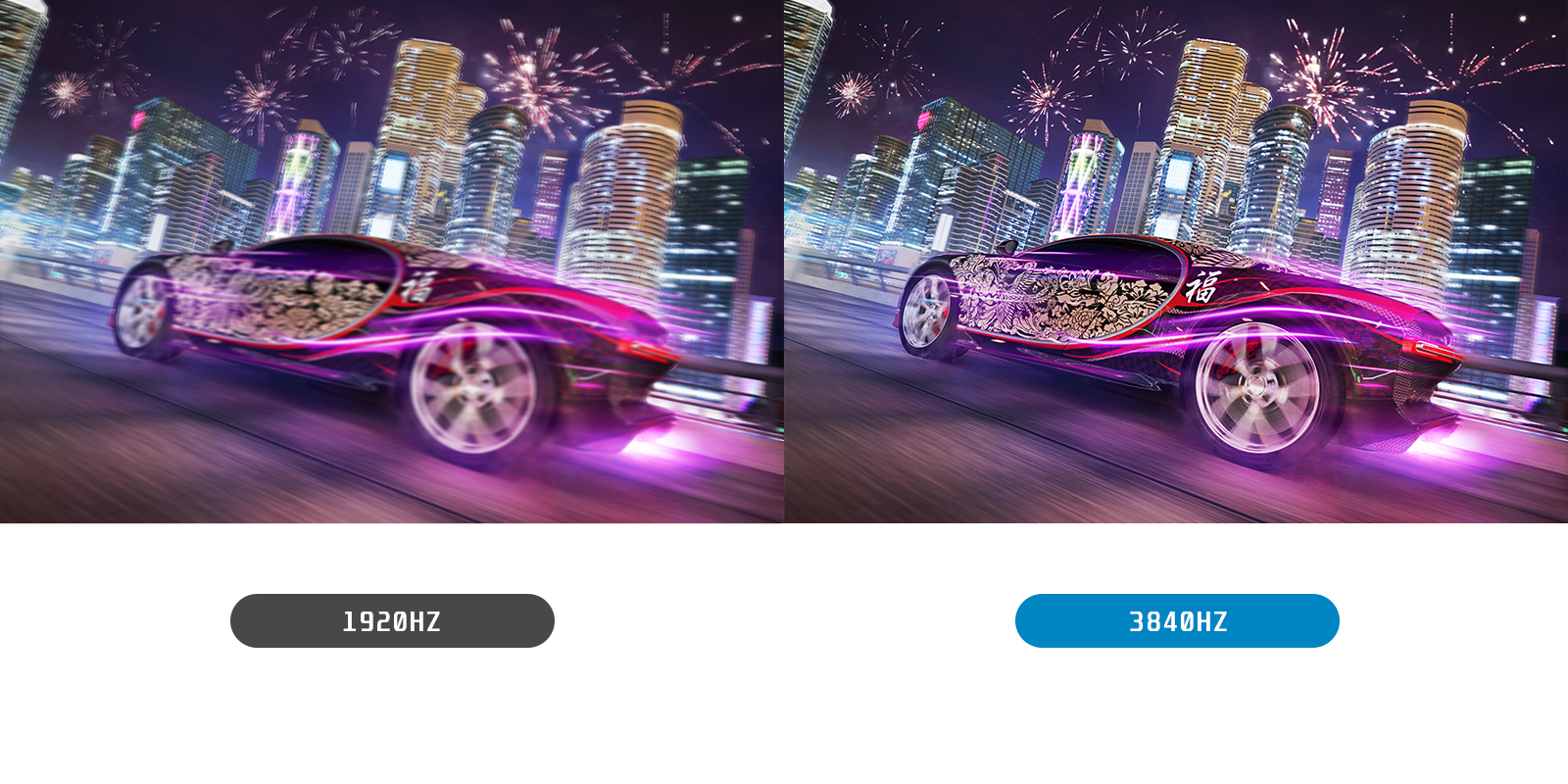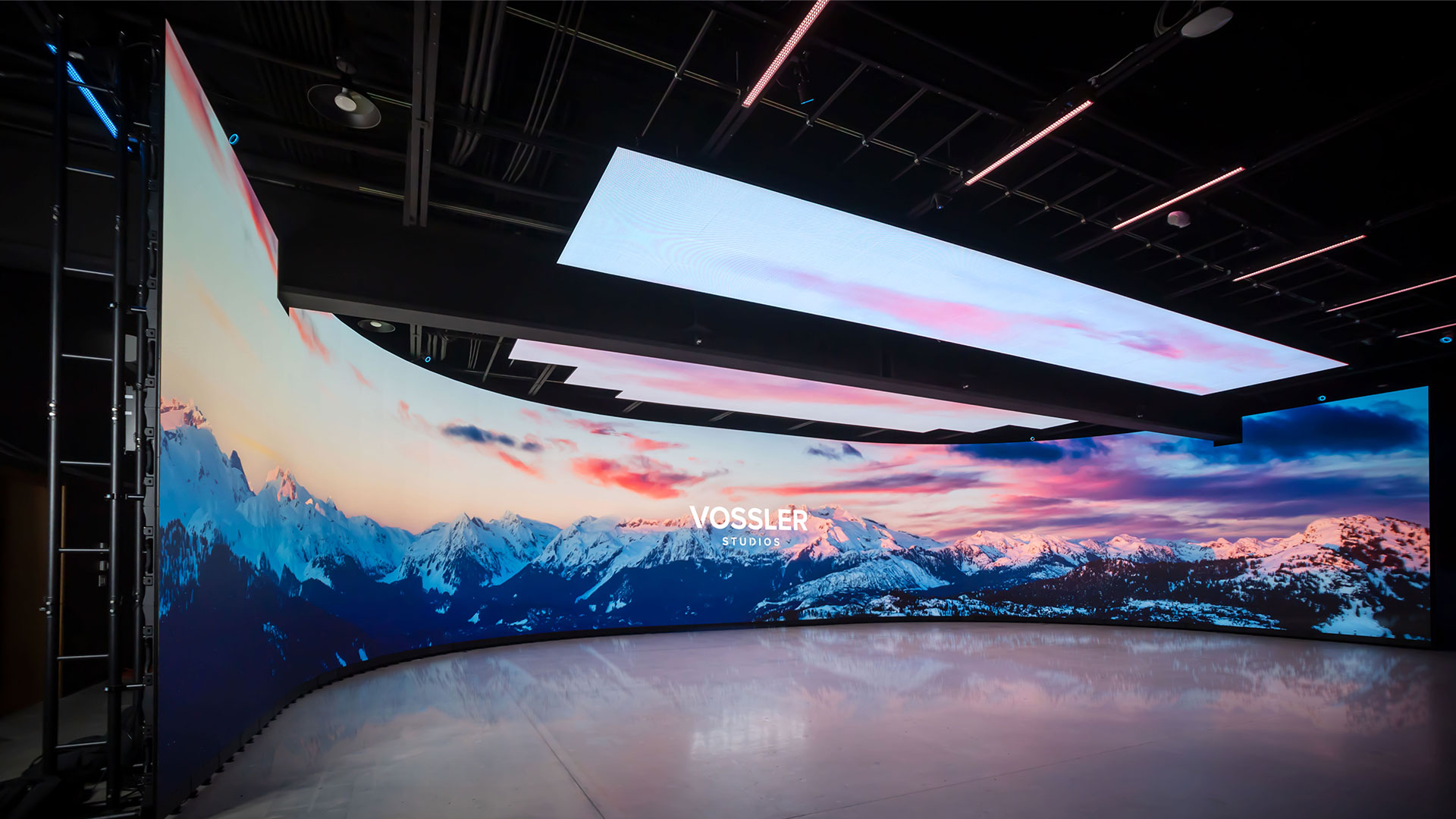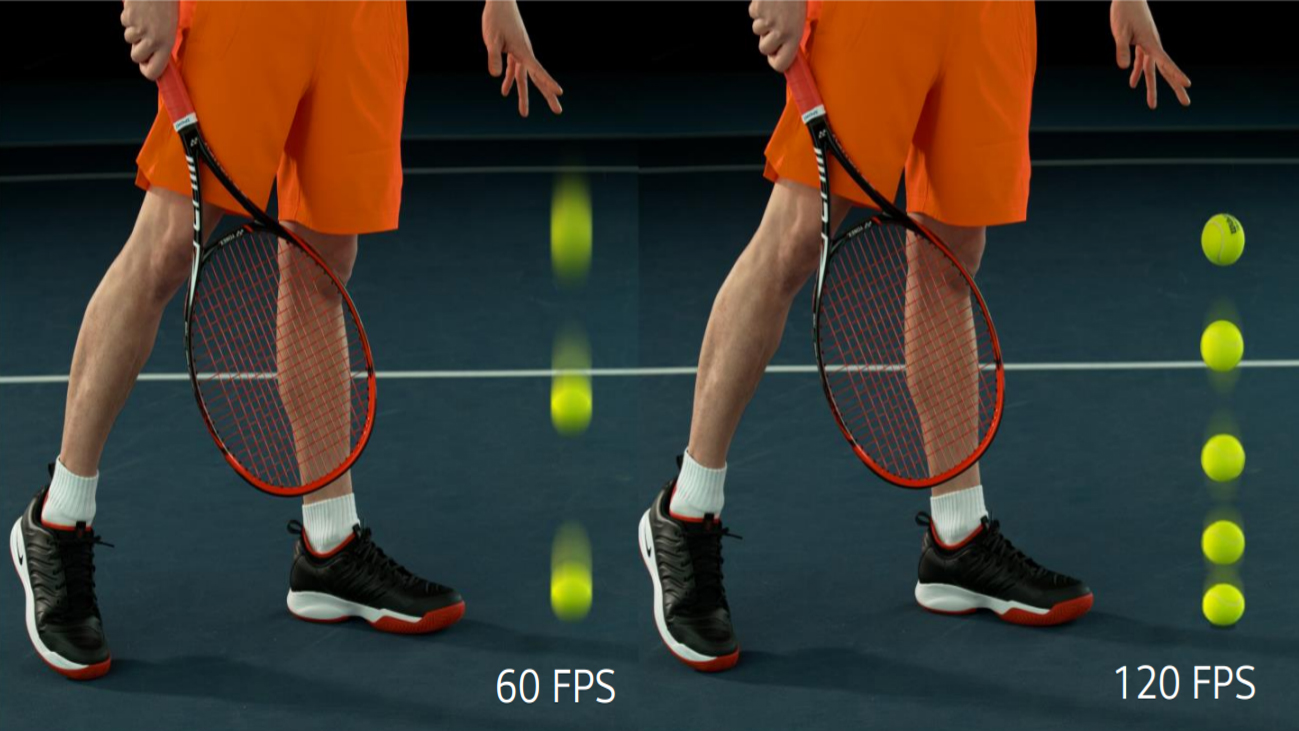How many times have you tried to record a video being played on your LED screen with your phone or camera, only to find those annoying lines preventing you from recording the video properly?
Recently, we often have customers ask us about the refresh rate of led screen, most of them are for filming needs, such as XR virtual photography, etc. I would like to take this opportunity to talk about this issue To answer the question of what is the difference between a high refresh rate and a low refresh rate.
The Difference Between Refresh Rate And Frame Rate
Refresh rates are often confusing, and can easily be confused with video frame rates(FPS or frames per second of video)
Refresh rate and frame rate are very similar. They both stands for the numbers of times a static image is displayed per second. But the difference is that the refresh rate stands for the video signal or display while the frame rate stands for the content itself.
The refresh rate of a LED screen is the number of times in a second that the LED screen hardware draws the data. This is distinct from the measure of frame rate in that the refresh rate for LED screens includes the repeated drawing of identical frames, while frame rate measures how often a video source can feed an entire frame of new data to a display.
The frame rate of video is usually 24, 25 or 30 frames per second, and as long as it is higher than 24 frames per second, it is generally considered smooth by the human eye. With recent technological advances, people can now watch video at 120 fps in movie theaters, on computers, and even on cell phones, so people are now using higher frame rates to shoot video.
Low screen refresh rates tend to make users visually fatigued and leave a bad impression of your brand image.
So, What Does Refresh Rate Mean?
Refresh rate can be divided into vertical refresh rate and horizontal refresh rate. The screen refresh rate generally refers to the vertical refresh rate, that is, the number of times the electronic beam repeatedly scanned the image on the LED screen.
In conventional terms, it is the number of times that the LED display screen redraws the image per second. The screen refresh rate is measured in Hertz, usually abbreviated as “Hz”. For example, a screen refresh rate of 1920Hz means that the image is refreshed 1920 times in one second.
Difference Between High Refresh Rate And Low Refresh Rate
The more times the screen is refreshed, the smoother the images are in terms of motion rendering and flicker reduction.
What you see on the LED video wall is actually multiple different pictures at rest, and the motion you see is because the LED display is constantly refreshed, giving you the illusion of natural motion.
Because the human eye has a visual dwelling effect, the next picture follows the previous one immediately before the impression in the brain fades, and because these pictures are only slightly different, the static images connect to form a smooth, natural motion as long as the screen refreshes quickly enough.
A higher screen refresh rate is a guarantee of high-quality images and smooth video playback, helping you to better communicate your brand and product messages to your target users and impress them.
Conversely, if the display refresh rate is low, the image transmission of the LED display will become unnatural. There will also be flickering “black scan lines”, torn and trailing images, and “mosaics” or “ghosting” displayed in different colors. Its impact in addition to video, photography, but also because tens of thousands of light bulbs flashing images at the same time, the human eye may produce discomfort when viewing, and even cause eye damage.
Low screen refresh rates tend to make users visually fatigued and leave a bad impression of your brand image.

Is A High Refresh Rate Better For LED Screens?
A higher led screen refresh rate tells you the ability of a screen’s hardware to reproduce the screen’s content several times per second. It allows the motion of images to be smoother and cleaner in a video, especially in dark scenes when showing fast movements. Other than that, a screen with a higher refresh rate will be more suitable for the content with a more significant number of frames per second.
Typically, a refresh rate of 1920Hz is good enough for most LED displays. And if the LED display needs to display high speed action video, or if the LED display will be filmed by a camera, the LED display needs to have a refresh rate of more than 2550Hz.
The refresh frequency is derived from the different choices of driver chips. When using a common driver chip, the refresh rate for full color is 960Hz, and the refresh rate for single and dual color is 480Hz. when using a dual latching driver chip, the refresh rate is above 1920Hz. When using the HD high level PWM driver chip, the refresh rate is up to 3840Hz or more.
HD high-grade PWM driver chip, ≥ 3840Hz led refresh rate, screen display stable and smooth, no ripple, no lag, no sense of visual flicker, not only can enjoy the quality led screen, and effective protection of vision.
In professional use, it is critical to provide a very high refresh rate. This is especially important for scenes geared towards entertainment, media, sporting events, virtual photography, etc. that need to be captured and will certainly be recorded on video by professional cameras. A refresh rate that is synchronized with the camera recording frequency will make the image look perfect and prevent blinking. Our cameras record video usually at 24, 25,30 or 60fps and we need to keep it in sync with the screen refresh rate as a multiple. If we synchronize the moment of camera recording with the moment of image change, we can avoid the black line of screen change.

The Difference In Refresh Rate Between 3840Hz And 1920Hz LED Screens.
Generally speaking, 1920Hz refresh rate, the human eye has been difficult to feel the flicker, for advertising, video viewing has been sufficient.
LED display refresh rate of not less than 3840Hz, the camera to capture the picture screen stability, can effectively solve the image of the rapid motion process of trailing and blurring, enhance the clarity and contrast of the image, so that the video screen delicate and smooth, long time viewing is not easy to fatigue; with anti-gamma correction technology and point-by-point brightness correction technology, so that the dynamic picture display more realistic and natural, uniform and consistent.
Therefore, with the continuous development, I believe the standard refresh rate of led screen will transition to 3840Hz or more, and then become the industry standard and specification.
Of course, 3840Hz refresh rate will be more expensive in terms of cost, we can make a reasonable choice according to the usage scenario and budget.
Conclusion
Whether you want to use an indoor or outdoor advertising LED screen for branding, video presentations, broadcasting, or virtual filming, you should always choose an LED display screen that offers a high screen refresh rate and synchronizes with the frame rate recorded by your camera if you want to get high-quality images from the screen, because then the painting will look clear and perfect.
Post time: Mar-29-2023










